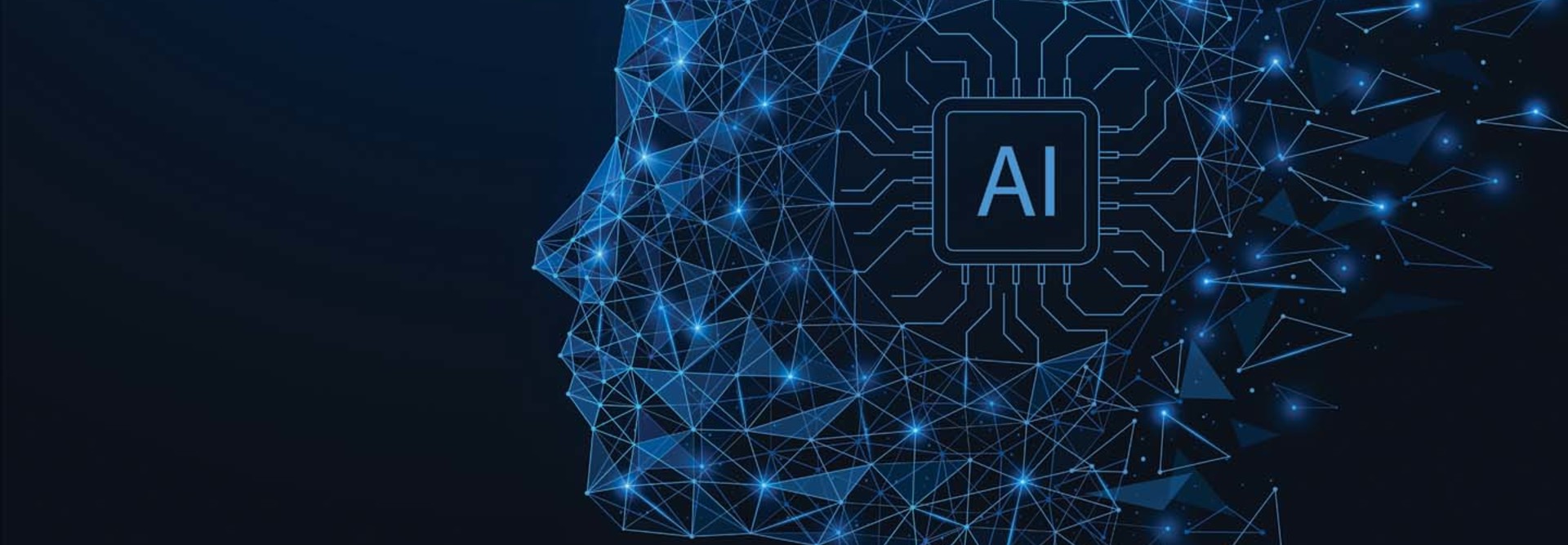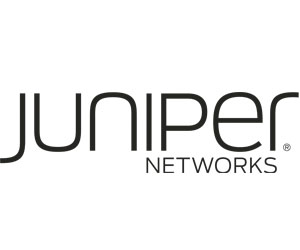EDTECH: How important is the cloud in the future of AI and machine learning?
Newcomb: The benefits of AI have to be matched up with a cloud architecture. One of the keys to reducing higher education operational costs is to be freed from the complex, monolithic wireless controller architectures of the past. Moving to a cloud architecture dramatically improves the reliability of the network by eliminating this complexity and provides for a way to automatically capture important data on every user, which is continuously streamed and stored in the cloud for analysis by the AI engine.
FIND OUT: How to bring strategy to the cloud.
EDTECH: One of the benefits of AI in the cloud is that it can power microservices. What are some you see making an impact in the future?
Newcomb: Microservices allow, for example, COVID-19 tracing. We use what is called a Bluetooth array, versus just a simple Bluetooth antenna. It gives us the ability to fine-tune the location of any individual within one to three meters. Because we have all that data, anybody that has been around someone with COVID-19 can be notified that they need to potentially quarantine or watch for symptoms. It could also signal an employee, “We need to clean this floor of the university much better, because that person dwelt there for more than X number of minutes and didn’t socially distance.” The possibilities of new applications utilizing these microservices is endless. For example, you can place Bluetooth tags on expensive equipment and know where it is in the university, or have roll-call applications where an instructor knows how long a student has been in the class and have that information roll up into a learning management system.
DISCOVER: Improving higher ed with artificial intelligence.
EDTECH: In what other ways can AI help create a “defensible campus,” like with COVID-19 tracing?
Newcomb: In addition to the physical security aspects previously discussed, cybersecurity is an important part of it. And being able to have a network infrastructure that can identify and resist attacks and understand what is happening inside the network, versus trying to just create a perimeter that no one can get in. Unfortunately, a lot of these things happen because somebody inside the office or classrooms has done something they shouldn’t have done. If there’s anybody that I know who does not practice safe computing, its students. You need to have a level of security that is throughout the whole network, not just on the Wi-Fi or on a device.
LEARN MORE: Network upgrades enable universities to accelerate research.
EDTECH: What are some of the ways you are managing the shift to remote?
Newcomb: We have something called the Mist Edge that is coupled with our Mist access points. This allows the instructors to use their remote devices at home and hook them into the university system. So, when a professor is doing his Zoom session, he’s really part of the university and getting AAA service because it’s prioritized. We also deal with researchers who want additional security and performance, so we’ll put SRX devices in the home to provide high-speed network protection.
MORE ON REMOTE: 4 tips for securing remote workers in higher education.
EDTECH: Looking ahead, how can institutions improve and manage the next generation of remote faculty and administrators?
Newcomb: Focus on the end user. What’s their experience? If their experience is bad, why is that experience bad? Hopefully, AI will answer that question for you.
For example, we had a situation come up where a person had a bad Zoom experience at home, but since they had one of our access points, which are connected to the cloud, all the info was there. He asked what happened, and we were able to easily tell him, “When you were teaching your class, you had a PlayStation 5 doing a huge download, and you had Amazon Prime and Netflix running at the same time. Whatever was going on in your house — probably your kids — was overloading the DNS server.” It is about the experience of the individual, not about trying to find out what’s wrong with your network. If you focus on the experience first, then everything else gets better.
Brought to you by:











